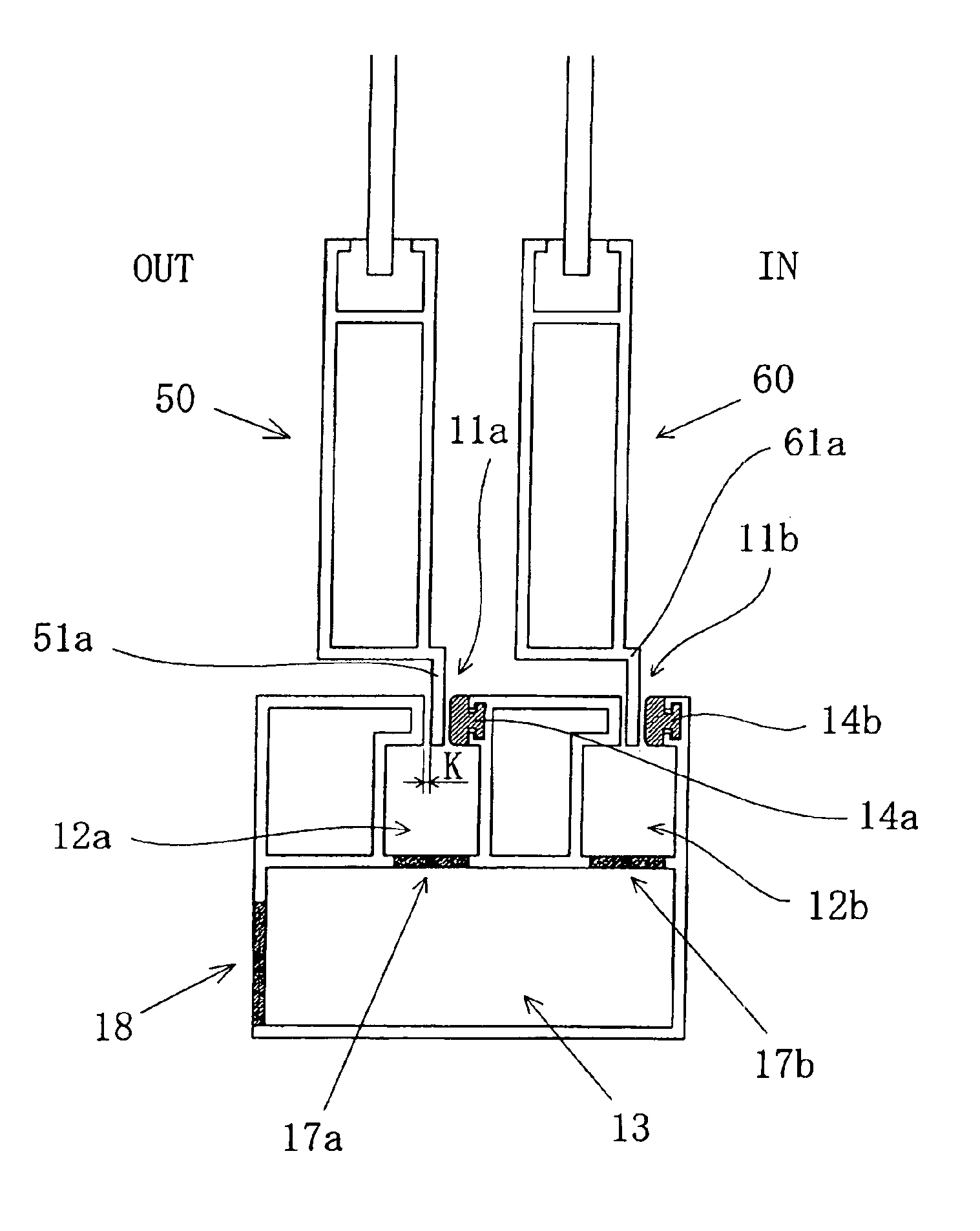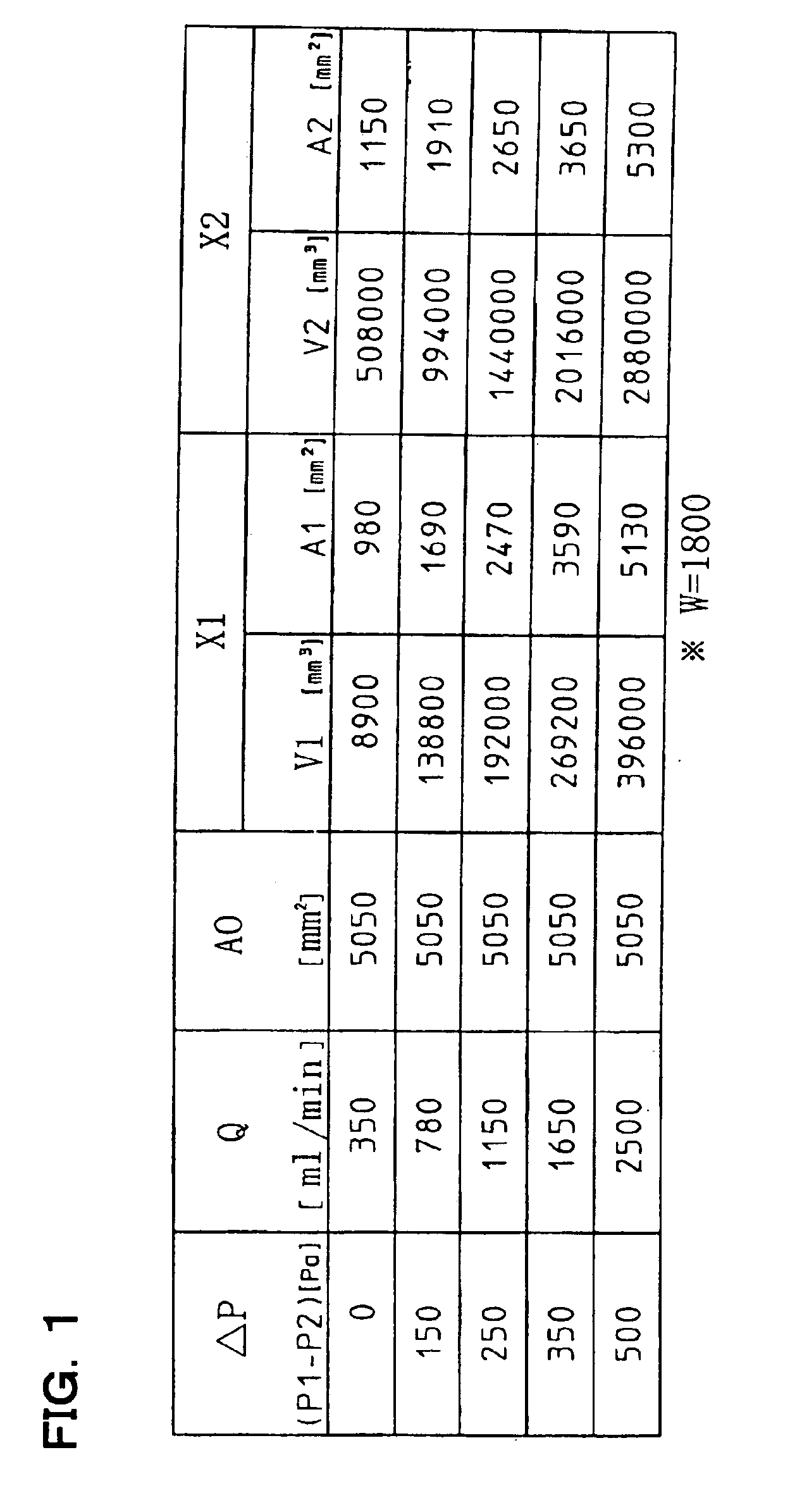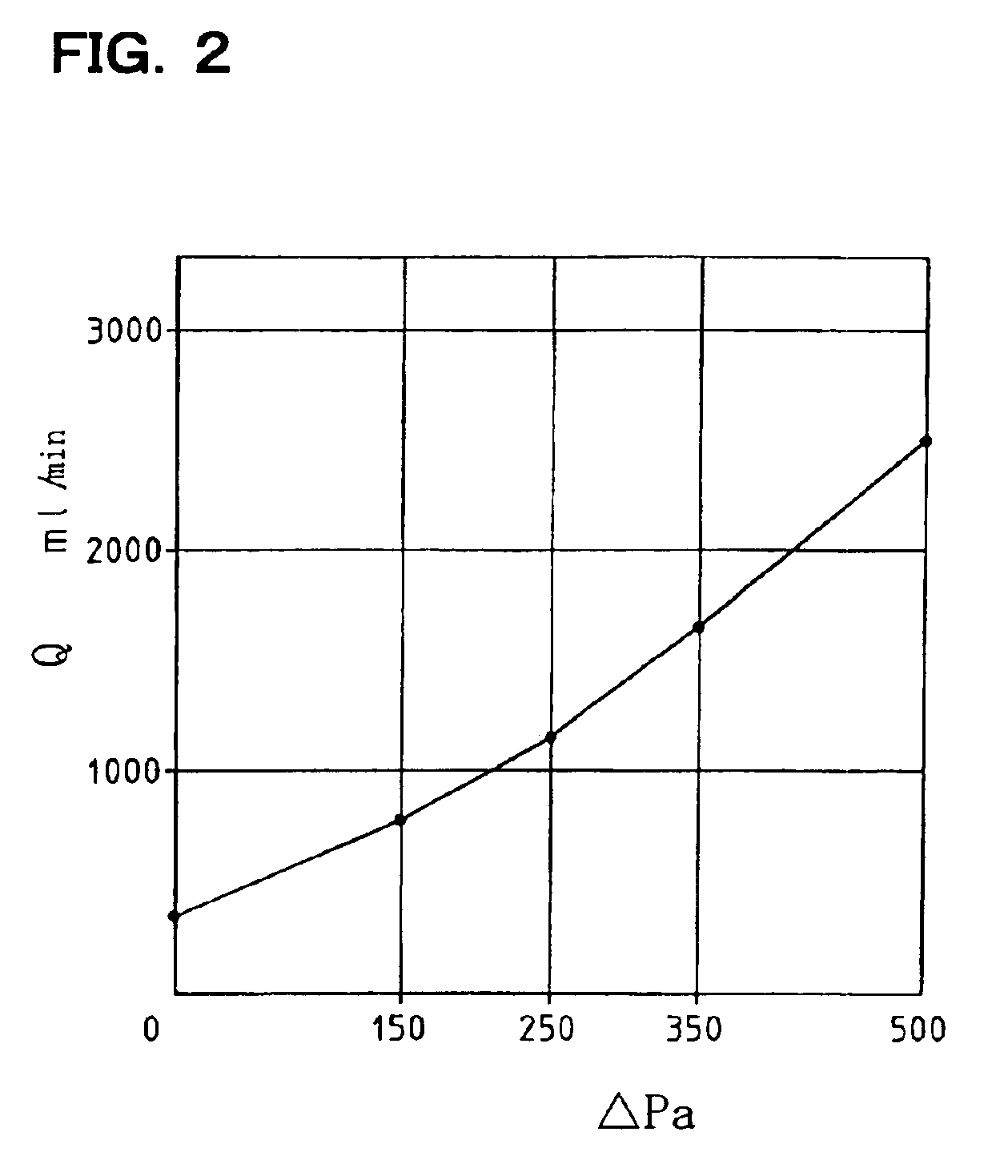Outdoor window
a technology for outdoor windows and doors, applied in the field of windows, can solve the problems of large amount of rainwater flowing onto the flat surface of the sliding sash, high risk, etc., and achieve the effects of ensuring the strength and rigidity of the sill, superior drainage, and superior air tightness and water tightness
- Summary
- Abstract
- Description
- Claims
- Application Information
AI Technical Summary
Benefits of technology
Problems solved by technology
Method used
Image
Examples
Embodiment Construction
[0044]The functions of a window in accordance with one embodiment of the invention with respect to airtightness, watertightness and drainage will be described below in detail on the basis of schematic views of the window and the result of experimentation.
[0045]The schematic view shown in FIG. 5 shows the state in which neither wind nor rain is loaded onto sliding sashes.
[0046]In the shown structure, drain grooves 11a and 11b are provided in a sill whose top surface is formed as a flat surface, and vertically downwardly extended portions 51a and 61a which are respectively provided on the bottom rails of an outer sliding sash 50 and an inner sliding sash 60 are inserted in the respective drain grooves 11a and 11b and are slidable in the opening / closing directions of the sliding sashes. Tight materials 14a and 14b are disposed on the indoor sides of the respective vertically downwardly extended portions.
[0047]Accordingly, the vertically downwardly extended portions provided on the resp...
PUM
 Login to View More
Login to View More Abstract
Description
Claims
Application Information
 Login to View More
Login to View More - R&D
- Intellectual Property
- Life Sciences
- Materials
- Tech Scout
- Unparalleled Data Quality
- Higher Quality Content
- 60% Fewer Hallucinations
Browse by: Latest US Patents, China's latest patents, Technical Efficacy Thesaurus, Application Domain, Technology Topic, Popular Technical Reports.
© 2025 PatSnap. All rights reserved.Legal|Privacy policy|Modern Slavery Act Transparency Statement|Sitemap|About US| Contact US: help@patsnap.com



